Container Fumigation Timing and Regulations
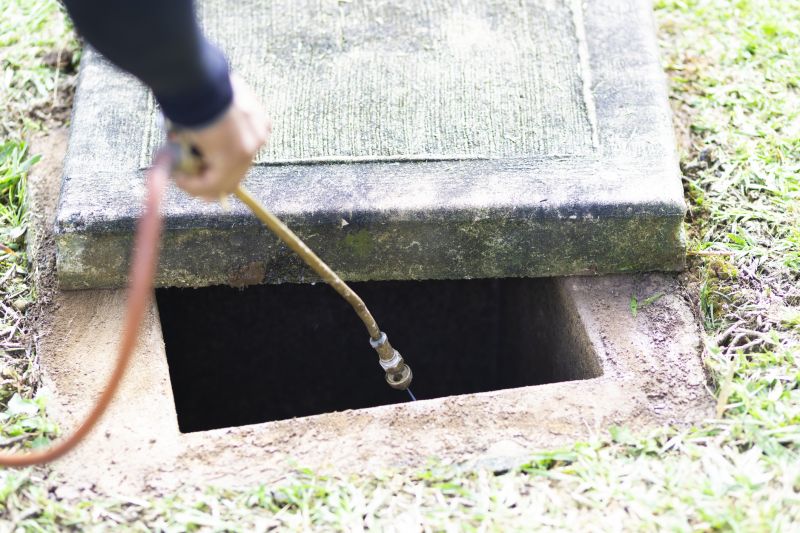
Fumigation before shipping ensures pests are eliminated prior to transit, reducing infestation risks.
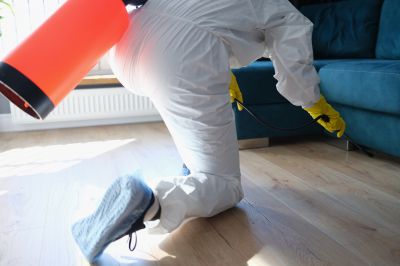
Conducting fumigation after arrival addresses any pests that may have entered during transit or storage.

Performing treatments during low-traffic periods can optimize scheduling and reduce operational disruptions.

Ways to make Container Fumigations work in tight or awkward layouts.

Popular materials for Container Fumigations and why they hold up over time.
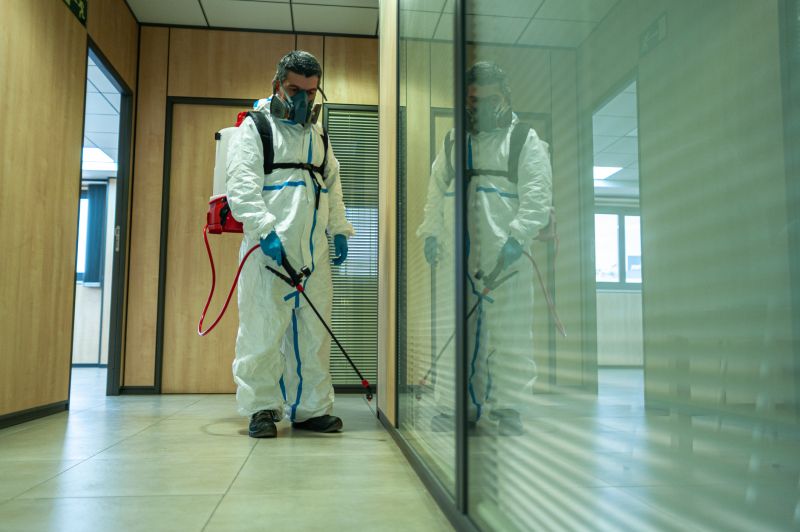
Simple add-ons that improve Container Fumigations without blowing the budget.
Container fumigations are critical procedures used to eliminate pests, insects, and microorganisms that can damage cargo or spread diseases. They are essential in maintaining the integrity of goods during international shipping and storage. Proper timing of fumigation can prevent infestations from establishing, reduce quarantine delays, and ensure compliance with import/export regulations. Typically, fumigations are performed based on cargo type, destination requirements, and pest activity levels. The process involves sealing containers and releasing controlled amounts of fumigant gases, which are effective against a wide range of pests.
Statistics indicate that pest infestations in shipping containers can lead to significant economic losses, with some studies estimating damages exceeding millions annually. Delayed shipments, cargo rejection, and quarantine costs are common consequences of untreated infestations. Conducting fumigation at optimal times, such as before shipment or immediately after arrival, minimizes these risks. Additionally, seasonal considerations may influence the timing, with certain pests more active during specific periods, making preemptive treatment advantageous.
Monitoring pest activity and cargo type helps determine the best time for container fumigation.
Pest populations tend to increase during warmer months, making pre-shipment fumigation more effective in these periods.
Fumigation schedules should align with customs and import regulations to avoid delays.
Regular inspections can identify pest presence early, allowing timely fumigation.

Specialized tools ensure precise application of fumigants for effective pest eradication.
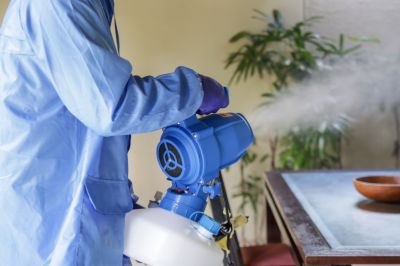
Proper sealing is crucial for containment and safety during fumigation.

Trap placements help assess pest activity levels before scheduling fumigation.
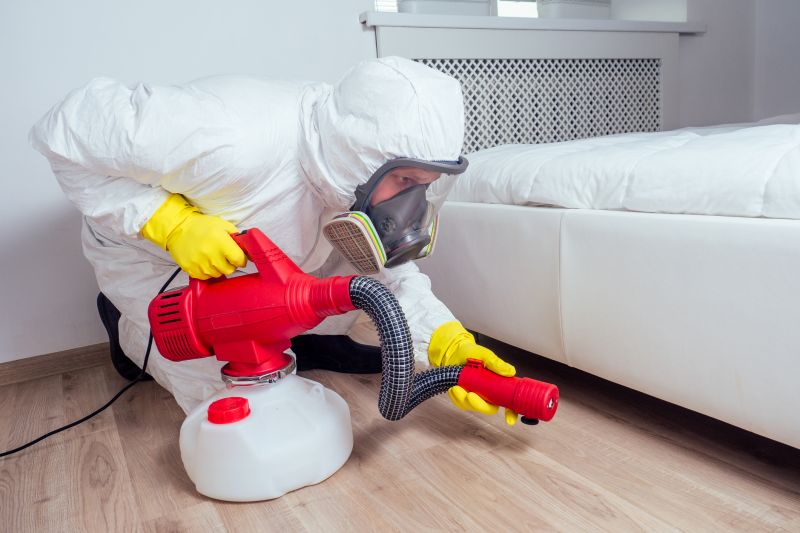
Controlled release of gases ensures safety and effectiveness during treatment.
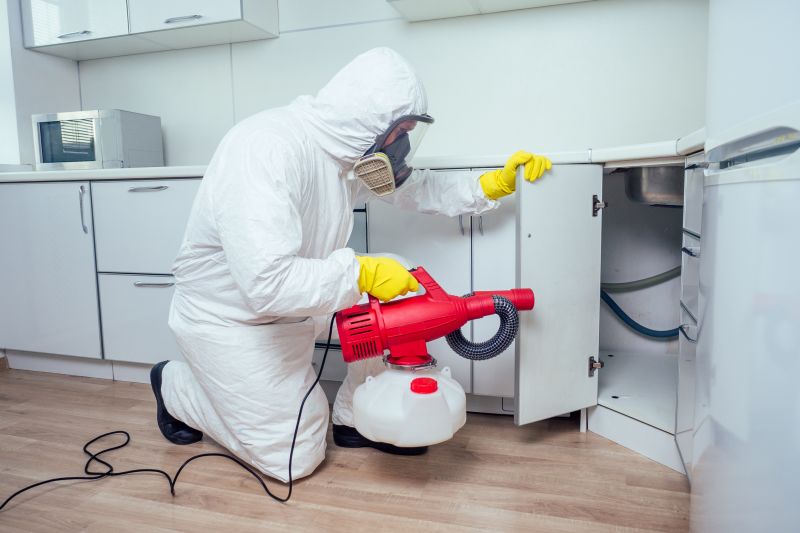
Proper ventilation after fumigation removes residual gases and prepares the container for use.

Final checks confirm pest elimination and compliance with regulations.
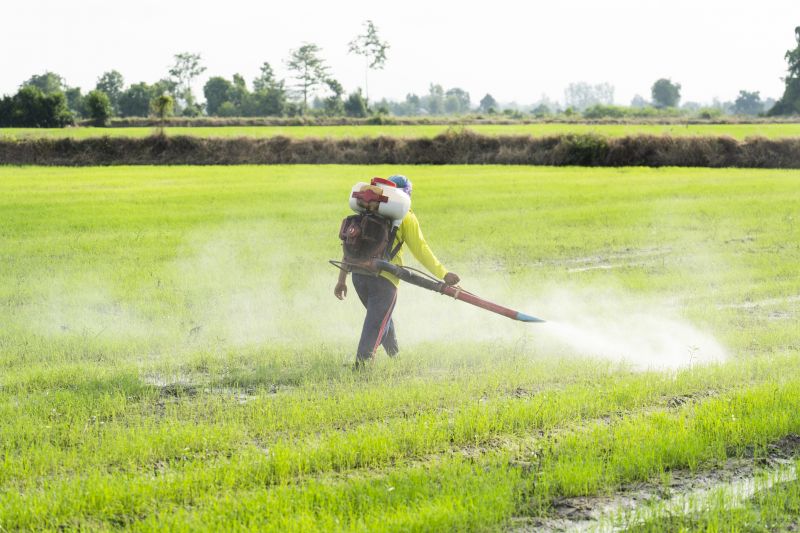
Proper handling minimizes pest entry and damage during transit.

Maintaining seal integrity ensures fumigation effectiveness and safety.
| Timing Aspect | Details |
|---|---|
| Pre-shipment Fumigation | Performed before container loading to prevent pest entry. |
| Post-arrival Fumigation | Conducted immediately after container reaches destination to eliminate pests. |
| Off-season Fumigation | Scheduled during low pest activity periods to reduce infestation risk. |
| Seasonal Considerations | Warmer months often require more frequent treatments due to increased pest activity. |
| Regulatory Deadlines | Fumigation timing may be dictated by customs and import regulations. |
| Cargo Type | Perishable or organic cargo may need more immediate treatment. |
| Inspection Results | Pest presence detected during inspection prompts timely fumigation. |
| Operational Scheduling | Aligns with shipping schedules to minimize delays. |
Timely container fumigation is essential for maintaining cargo quality and compliance standards. Properly scheduled treatments can prevent infestations from spreading, reduce operational costs, and ensure smooth customs clearance. Understanding pest activity patterns and adhering to regulatory timelines enhances the effectiveness of fumigation procedures. Regular monitoring and inspection contribute to identifying the optimal moments for treatment, thereby safeguarding shipments from potential damages.
Interested parties are encouraged to contact for further details on scheduling container fumigations. Proper timing, preparation, and execution are vital components of effective pest management in shipping and storage operations.
